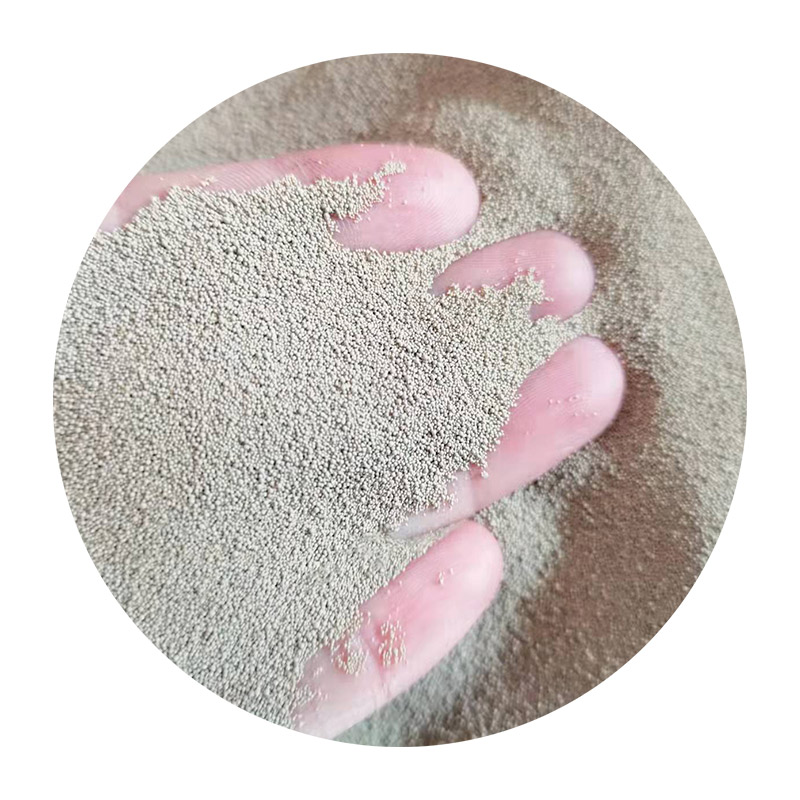Exploring Unique Sand Casting Techniques
Sand casting has been a cornerstone of metalworking for centuries, offering a versatile method for creating intricate metal parts. This age-old technique involves the use of sand to form molds, allowing craftsmen to produce unique designs with relative ease and affordability. Today, we delve into the world of unique sand casting, where creativity meets engineering.
At the heart of sand casting is the mold, primarily made from a mixture of sand, clay, and water. This mixture allows for a mold that is both durable and easily customizable. The unique aspect of sand casting lies in its ability to shape a wide variety of complex geometries. Artisans can create one-of-a-kind pieces, from ornamental sculptures to functional machinery components, each reflecting creativity and precision.
One of the most remarkable features of sand casting is the variety of sands used. Each type of sand imparts different qualities to the castings. For instance, fine sands yield smoother surfaces, making them ideal for intricate designs. In contrast, coarser sands are favored for their strength and ability to withstand high temperatures, making them perfect for larger, more robust castings. The choice of sand can significantly influence the final product, giving artists and engineers the flexibility to achieve their vision.
unique sand casting

In recent years, advancements in technology have further enhanced the capabilities of sand casting. The integration of 3D printing techniques has revolutionized mold creation. Designers can now create complex mold geometries that were once thought impossible. This convergence of traditional techniques and modern technology not only streamlines production processes but also allows for a level of customization that caters to individual client specifications.
Environmental sustainability is another area where unique sand casting is making strides. Traditional sand casting often involves considerable waste, but innovative approaches have emerged. Reusable sand and sustainable binders are being employed to minimize environmental impact. Moreover, the capacity to create small batches of customized products reduces the need for large inventories, resulting in fewer resources wasted.
In conclusion, unique sand casting is a vibrant field at the intersection of craftsmanship, modern technology, and sustainability. Its versatility allows for a broad spectrum of applications across various industries, from artistic endeavors to industrial components. As technology continues to evolve, sand casting will undoubtedly adapt and thrive, paving the way for innovative designs and sustainable practices. Whether for creating functional parts or artistic masterpieces, unique sand casting remains a vital and exciting realm of metalworking.
Post time:Сеп . 25, 2024 08:22
Next:Evolution of Sand Casting Techniques and Their Impact on Modern Manufacturing
